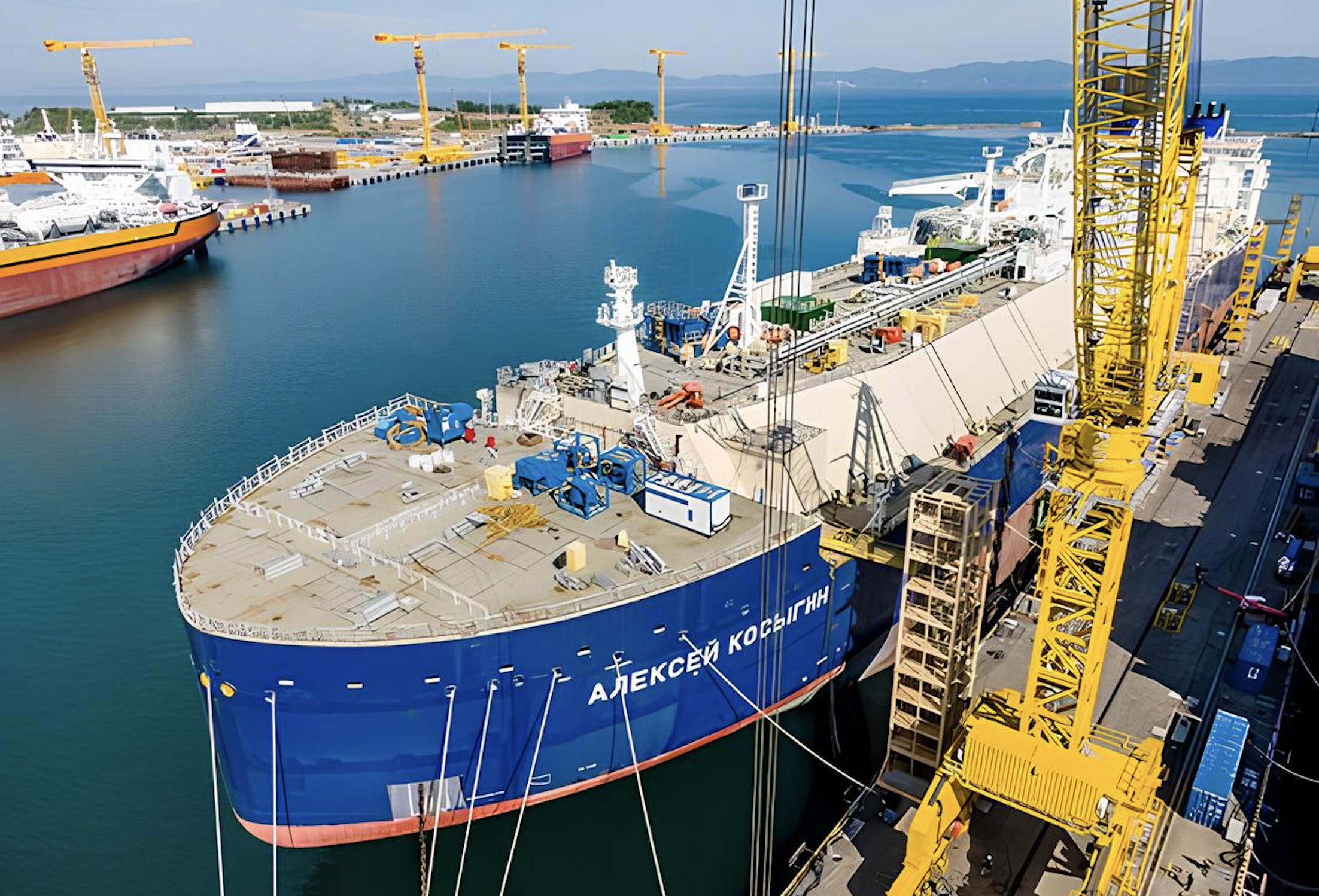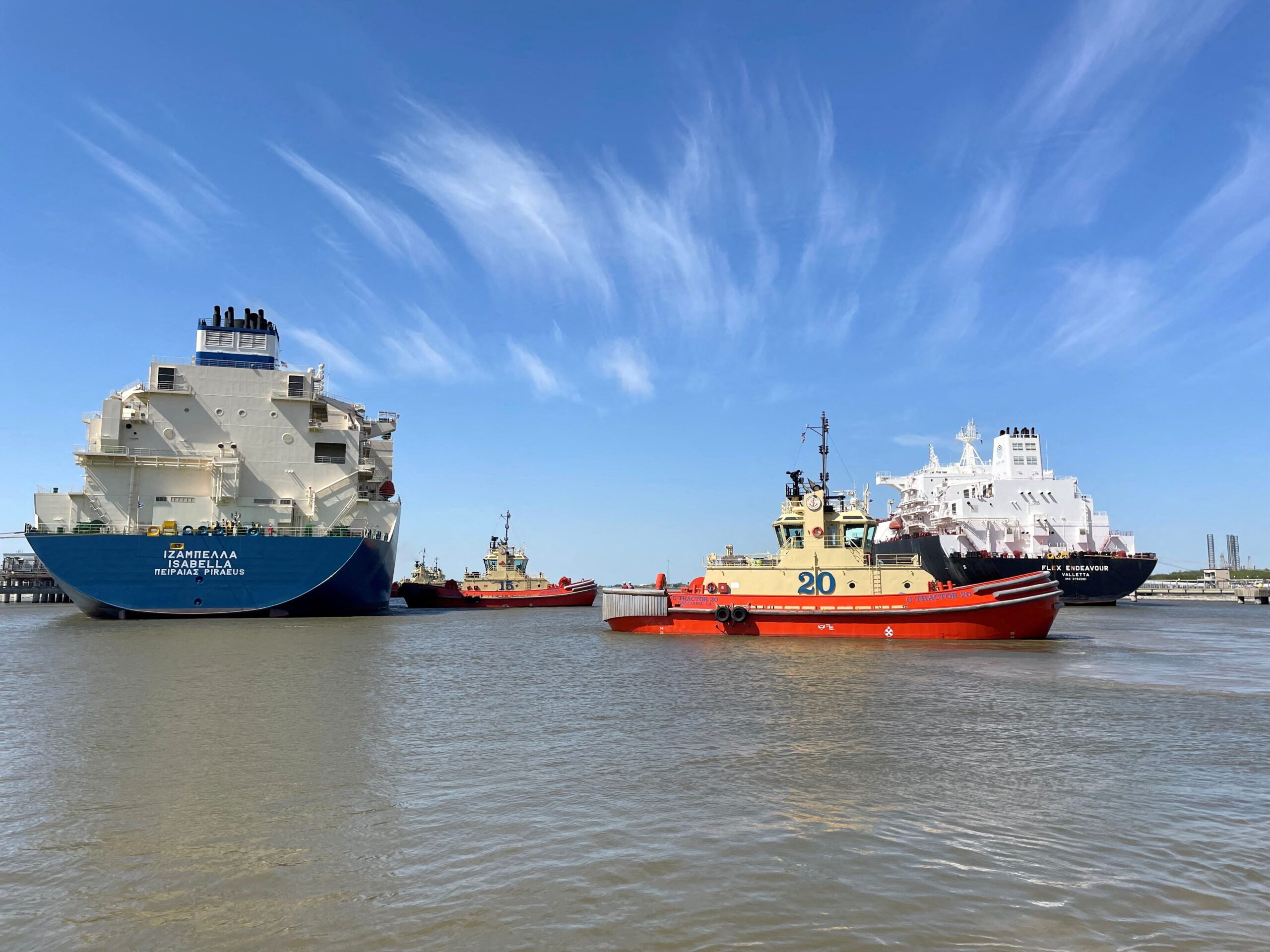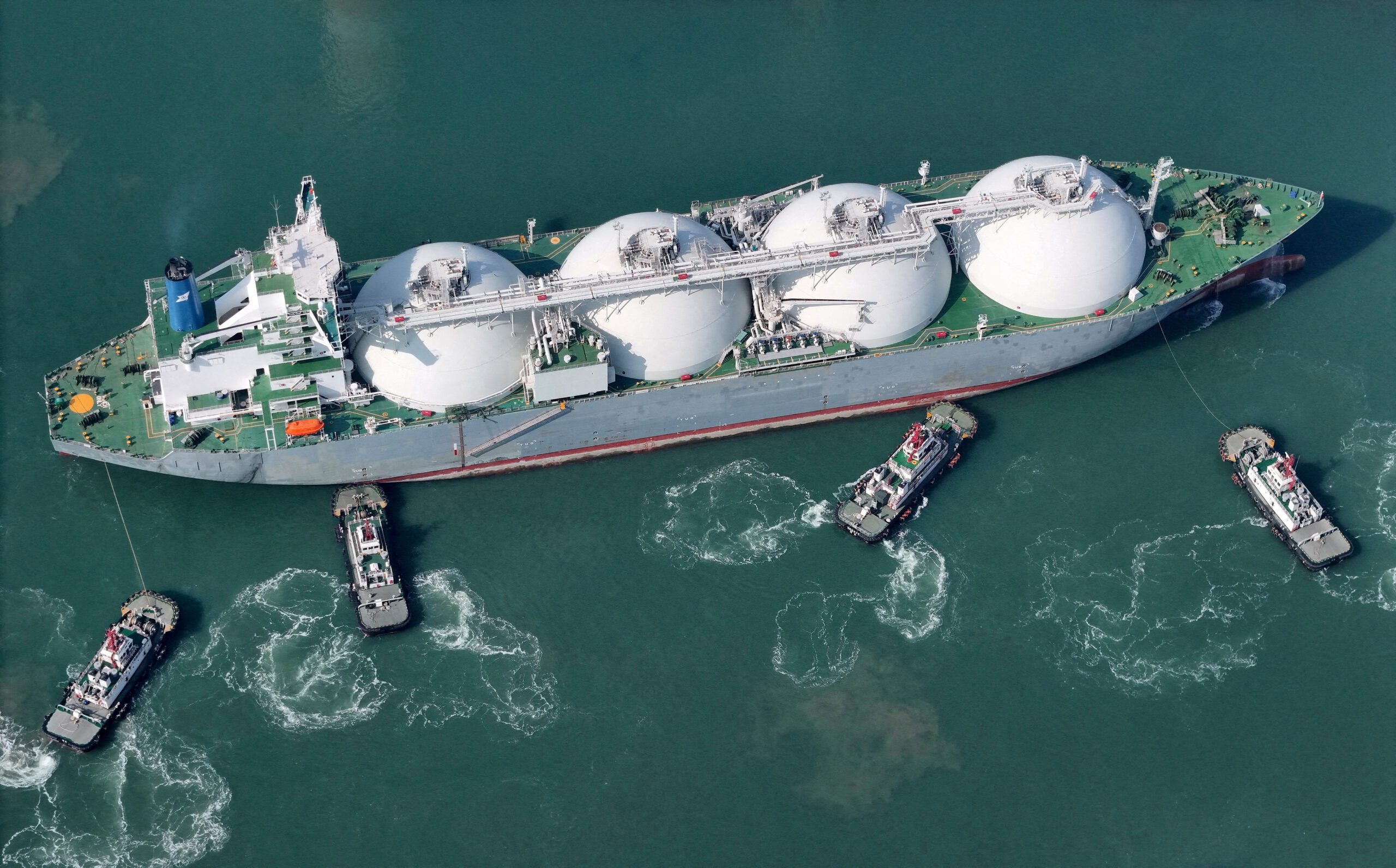By Weilun Soon
Dec 16, 2024 (Bloomberg) – Spot rates for hauling crude on the largest vessels from the Middle East to China, a benchmark route, have sunk by a third this year as demand in the top importer slows and OPEC+ delays the restart of idled supply.
The industry’s go-to measure for the route — which excludes loadings in Iran — typically rises in the final quarter on seasonal factors compared with the preceding three months, but it’s bucked that trend this year.
Oil traders are zeroed in on soft demand in China, with year-to-date imports running almost 2% behind 2023’s pace as policymakers grapple with a slowdown that’s hurt raw-material demand. At the same time, a shift toward electric– and LNG-powered vehicles has eaten into some crude usage. That’s helped to put crude prices on course for a back-to-back annual drop.
OPEC+ — the crude producers’ alliance that’s led by Saudi Arabia and Russia — has delayed the progressive restart of idled capacity three times in a row, reflecting the challenged demand outlook, as well as rising supplies by rivals. That’s effectively reduced the volume of potential cargoes on offer.
“VLCCs have borne the brunt of this year’s surprise slowdown in Chinese crude imports,” said Henry Curra, head of research at brokerage Braemar, referring to Very Large Crude Carriers, which typically haul about 2 million barrels.
The Baltic Exchange’s TD3C Index, which reflects rates for VLCCs on the Middle-East-to-Asia route, dropped to so-called Worldscale 39.05 last Friday, according to shipbrokers. That about 33% lower year-to-date, and equivalent to just under $8.50 a ton.
VLCCs on the Mideast-to-China route have also had to contend with competition from a growing share of so-called shadow tonnage from Iran, as well as flows of crude from Russia’s Far East, according to Curra.
The lower fees represent an additional headache for tanker operators, who have also been dealing with interruptions to shipments that usually ply the Red Sea because of attacks on vessels by Iran-backed Houthi rebels.
Given the softness in China, the number of supertankers heading toward the country has dropped to a one-month low, and charterers have been putting in low bids to take advantage of the weak sentiment, brokers with knowledge of the market said.
© 2024 Bloomberg L.P.

 Join The Club
Join The Club










